Moon Orchid Facts
- This gorgeous Angiosperm, with a nature that might surprise some of you, most frequently goes by the common name of the Moon Orchid. The botanical marvel does have a few other, alternate general names, though, These include the terms moth orchid, and also anggrek bulan.
- Among scientific professionals, such as researchers, it goes by a far different name, however. That term, though, represents a bit of a mouthful for non-professionals. That’s because the natural wonder also bears the tongue-twisting moniker of the Phalaenopsis amabilis.
- The stunning flora received the official name that it currently holds due to the efforts of the German-Dutch botanist, Charles Ludwig de Blume. Yet, it previously held other names, assigned by other researchers. His work, however, changed these to the current one in 1825.
- For now, the magnificent creation of Nature and evolution appears to be maintaining a population base that’s both stable and sufficient. This fortunate fact further seems to hold true throughout the entirety of its known range. The IUCN, therefore, has no current listing for it.
- The dazzling Moon Orchid nonetheless does face at least a few potential threats to its continued existence as a species. Illegal collection of the beauty from within its natural habitat continues, despite efforts to curb the practice. Invasive species also pose a potential threat.
- Numerous factors such as habitat degradation or outright destruction pose further dangers. Both of these dangers occur chiefly due to the actions of man, either directly or indirectly. Likewise, the accelerating effects of climate change also threaten it, like most other species.
Related Articles
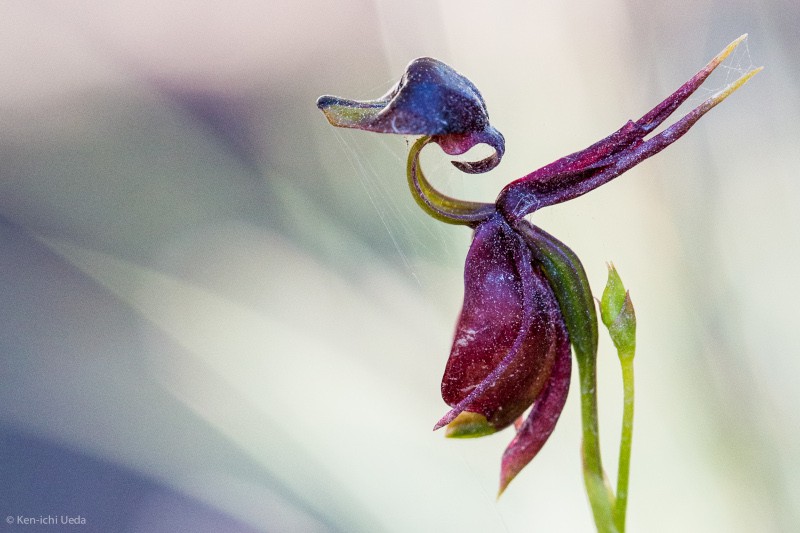
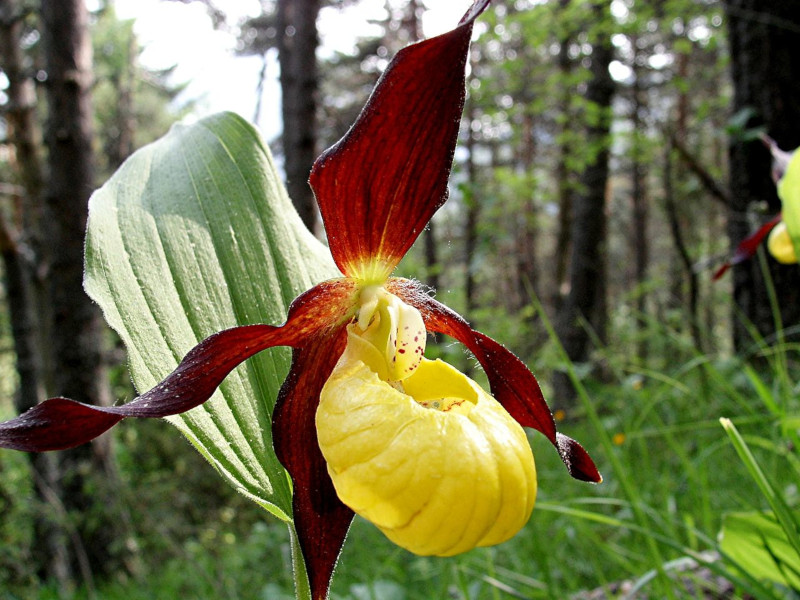
Cypripedium calceolus
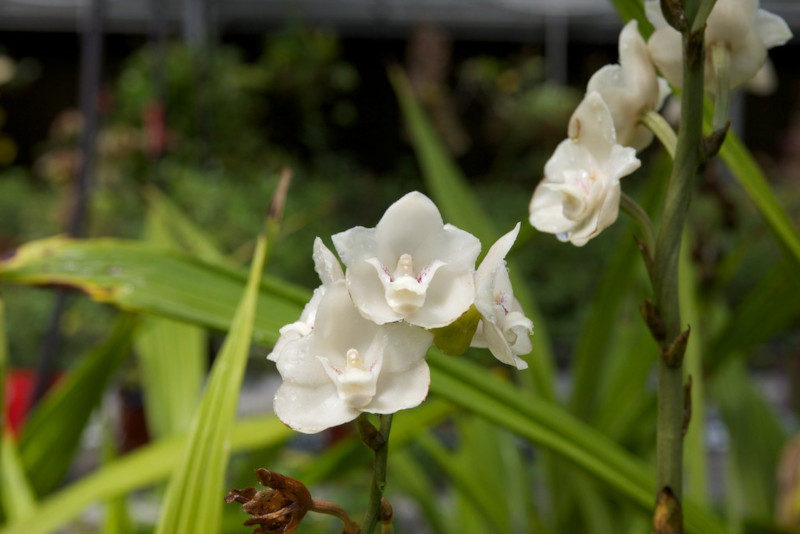
Moon Orchid Physical Description
The aptly-named Moon Orchid easily impresses those individuals fortunate enough to encounter it with its celestial beauty, to be certain. Yet, sheer visual appeal alone isn’t the only remarkable characteristic of this marvelous Angiosperm. The gorgeous flora also has a fascinating nature.
That’s because this particular variety of orchid evolved as what botanists classify as epiphytic and lithophytic. That means that this stunner grows not inside the soil, but either on the surface of a host plant, or on rocks. Nature never fails to amaze with its wondrous resourcefulness!
Those incredible roots occasionally attain lengths measuring up to 3.3 ft (1 m). These aspects of the plant also develop extremely flattened in shape. Each of these vital structures additionally develops as quite narrow. Each typically only measures about 0.12 – 0.16 in (3 – 4 mm) in overall width.
Its foliage, meanwhile, also merits its own degree of notice. Individual plants produce 2 – 8 distinctive leaves apiece. The leaves generally present either an egg-shaped or oblong structure. Lengths further average from 5.9 – 12 in (15 – 30 cm). Widths, though, average 1.6 – 2.8 in (4 – 7 cm).
The stems each separate Moon Orchid produces from which to display its captivating blooms averages 3.9 – 12 in (10 – 30 cm) in length. This structure, however, typically remains concealed by the bases of the leaves. Each branch also produces 2 – 20 long-lasting flowers on short stalks.
But, it’s the flowers themselves that typically garner the greatest amount of interest. These average 2.4 – 2.8 in (6 – 7 cm) in length, and 2 – 3.1 in (5 – 8 cm) in width. The labellum, which attracts its pollinators, shows white, with yellowish and red markings. The blooms, though, show bright white.
- Kingdom: Plantae
- Phylum: Tracheophytes
- Class: Angiosperm
- Order: Asparagales
- Family: Orchidaceae
- Genus: Phalaenopsis
- Species: P. amabilis
Moon Orchid Distribution, Habitat, and Ecology
Fortunately for the mesmerizing Moon Orchid, it evolved as native to a comparatively wide section of the globe. That’s due to the fact that populations of the beautiful plant appear in both parts of Asia, and the continent of Australia. That dispersal gives it an extreme evolutionary advantage.
Within its concentration in the region of Asia, it appears from Palawan Island, in the Philippines, to Borneo. The flora also lives in parts of Java and Sumatra. At least three recognized subspecies also inhabit much of the same range. In Australia, it mainly lives in Paluma Range National Park.
Though exceptions occasionally occur, this remarkable species displays clear preferences for its choice of habitat. That’s due to the fact that the majority of specimens develop in regions of very precise ecological factors. These consist of rainforest areas, with high humidity and good air flow.
It’s also extraordinarily precise concerning certain other factors. Given its somewhat unusual nature, it requires a physical host to cling to. In its native state, this most often consists of trees. It does, however, sometimes appear on stones. Yet it rarely clings to man-made structures in its area.
Like most plants, the Moon Orchid accomplishes its reproduction via the process of pollination. Also like others of its kind, it achieves this through the actions of insects. In its case, this mainly occurs due to the visits of local bees. Interestingly, though, it’s mainly carpenter bees that visit.
It also plays an important cultural role in specific parts of its greater range. In Indonesia, it also represents one of three official National Flowers. The plant holds similar importance in other global regions as well, however. It’s also the official flower of Kota Kinabalu, the capital of Sabah, Malaysia.
Species Sharing Its Range
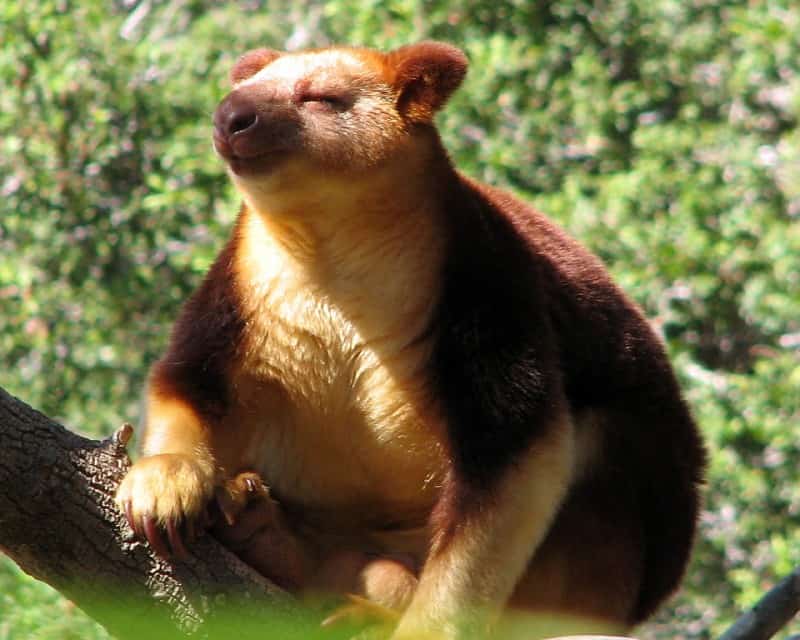

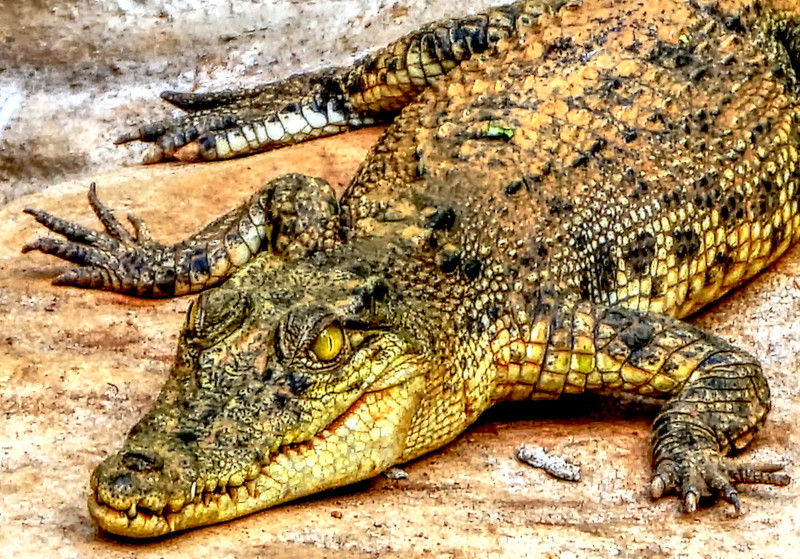
Check out our other articles on 7 Outstanding Orb Weavers, European Honey Buzzard, Flume Gorge, Baikal Seal, Delta Green Ground Beetle, Magnolia Green Jumper, Gila Monster
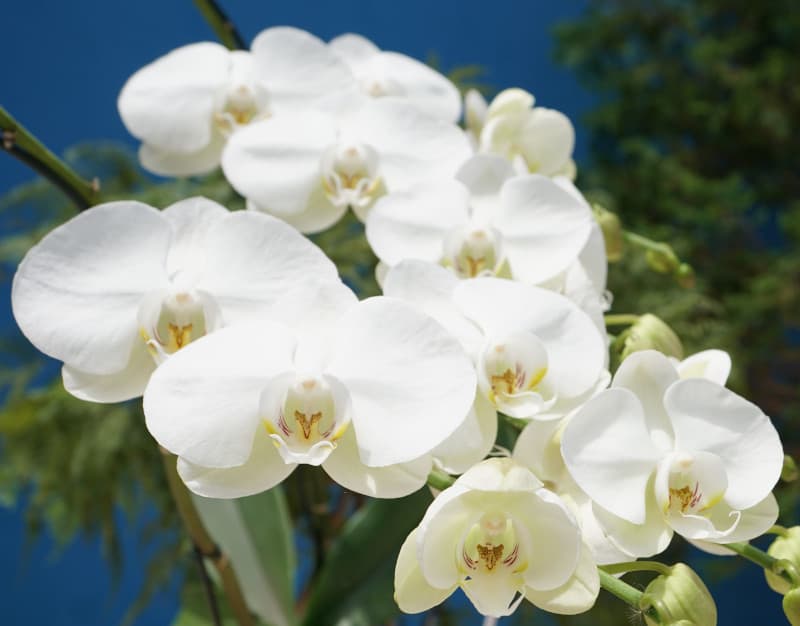
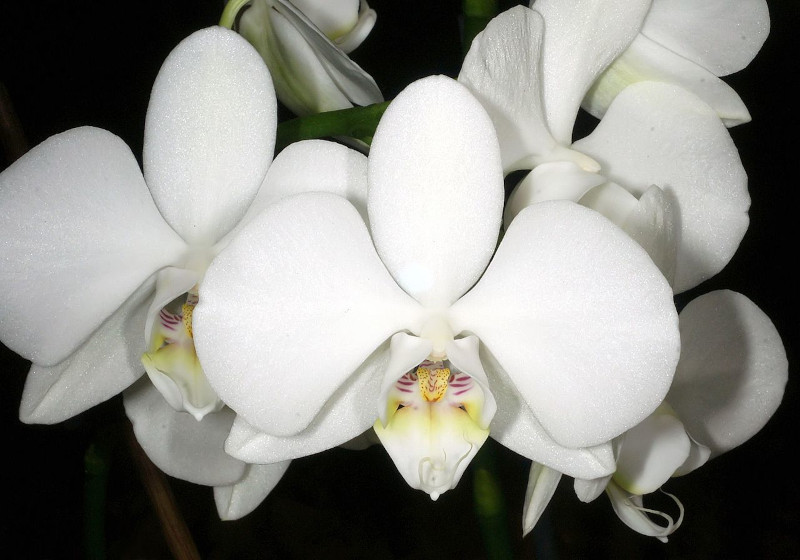
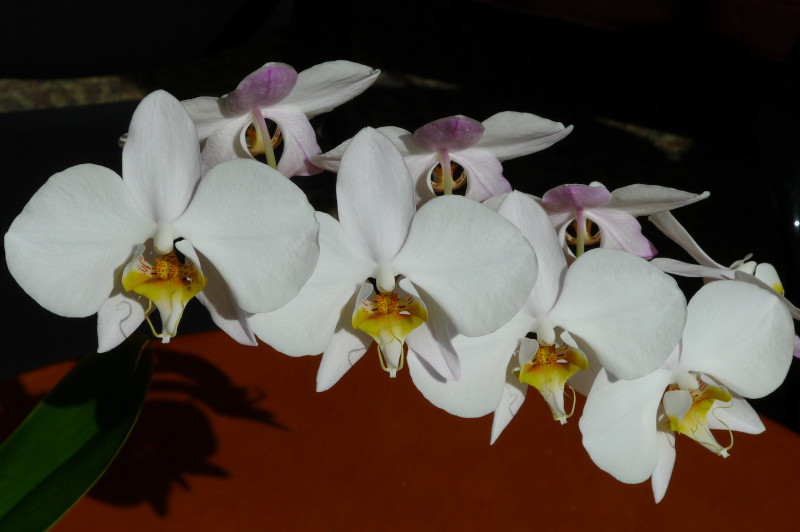









Leave a Reply